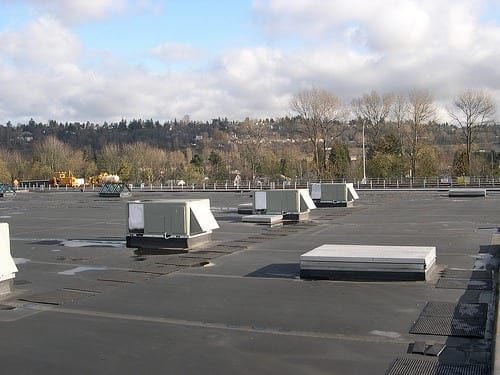
Microsecond-pulsed, high-voltage non-thermal electric fields successfully killed resistant bacteria infecting experimentally induced burns in mice, reducing bacterial levels up to 10,000-fold.
Application of a technology currently used to disinfect food products may help to get around one of the most challenging problems in medicine today, the proliferation of bacteria resistant to antibiotics and other antimicrobial drugs. In a paper appearing in the June issue of the journal Technology and already released online, investigators from the Massachusetts General Hospital (MGH) Center for Engineering in Medicine describe how the use of microsecond-pulsed, high-voltage non-thermal electric fields successfully killed resistant bacteria infecting experimentally induced burns in mice, reducing bacterial levels up to 10,000-fold.
“Pulsed electrical field technology has the advantages of targeting numerous bacterial species and penetrating the full thickness of a wound,” says Alexander Golberg, PhD, of the MGH Center for Engineering in Medicine (MGH-CEM), first author of the paper. “This could lead to a completely new means of burn wound disinfection without using antibiotics, which can increase bacterial resistance.”
Read more . . .
The Latest on: Pulsed electrical fields
[google_news title=”” keyword=”Pulsed electrical fields” num_posts=”10″ blurb_length=”0″ show_thumb=”left”]
via Google News
The Latest on: Pulsed electrical fields
- Sheep herded with special collars to protect birdson April 30, 2024 at 3:20 am
The collars emit a "non-harmful" pulse telling the sheep when they have left their designated area.
- White House looks to add 500 AI experts to federal workforce by 2025on April 29, 2024 at 6:43 pm
President Joe Biden is calling for an AI talent surge across the federal government. By the numbers, prospective hires are showing interest in these jobs.
- 2025 Polaris Ranger XP 1000 First Drive: This or a Work Truck?on April 29, 2024 at 2:56 pm
Polaris’ revised full-size side-by-side utility lineup gives the people what they want.
- First look: Medtronic’s Sphere-360 pulsed field ablation catheter design has some new trickson April 29, 2024 at 12:22 pm
The Medtronic Sphere-360 pulsed field ablation catheter uses nitinol for a feature that's unique within Medtronic's PFA device portfolio.
- Sounds like the Switch 2 has Joy-Cons that attach magneticallyon April 29, 2024 at 10:03 am
A pair of recent reports have suggested that Nintendo’s successor to the Switch console — which we, along with everyone else, are calling Switch 2 for now — will have Joy-Con controllers that attach ...
- Enhancing memory technology: Multiferroic nanodots for low-power magnetic storageon April 26, 2024 at 9:10 am
Traditional memory devices are volatile and the current non-volatile ones rely on either ferromagnetic or ferroelectric materials for data storage. In ferromagnetic devices, data is written or stored ...
- Shark conservation has been so successful that researchers are finding ways to curb human-shark interactionon April 26, 2024 at 7:43 am
Shark conservation efforts in the last two decades have been so successful that researchers are testing ways to mitigate human-shark conflict as populations rise.
- Boston Scientific sparks 70% electrophysiology growth after Farapulse pulsed-field ablation launchon April 25, 2024 at 7:00 am
As a whole, Boston Scientific reported a 13.8% increase in quarterly revenue, for $3.86 billion in net sales. That outpaced the company’s previous financial guidance that forecasted 7% to 9% ...
- Thermedical completes feasibility study to use SERF with PFAon April 23, 2024 at 10:31 am
Thermedical has completed a feasibility study of using pulsed field ablation in combination with its SERF ablation system to treat VT.
- Good Early Results for Conformable, ‘Single-Shot’ Pulsed-Field Ablation Catheteron April 16, 2024 at 1:29 pm
Initial safety and efficacy findings from this first-in-human series “look really impressive,” but experts await further studies.
via Bing News









